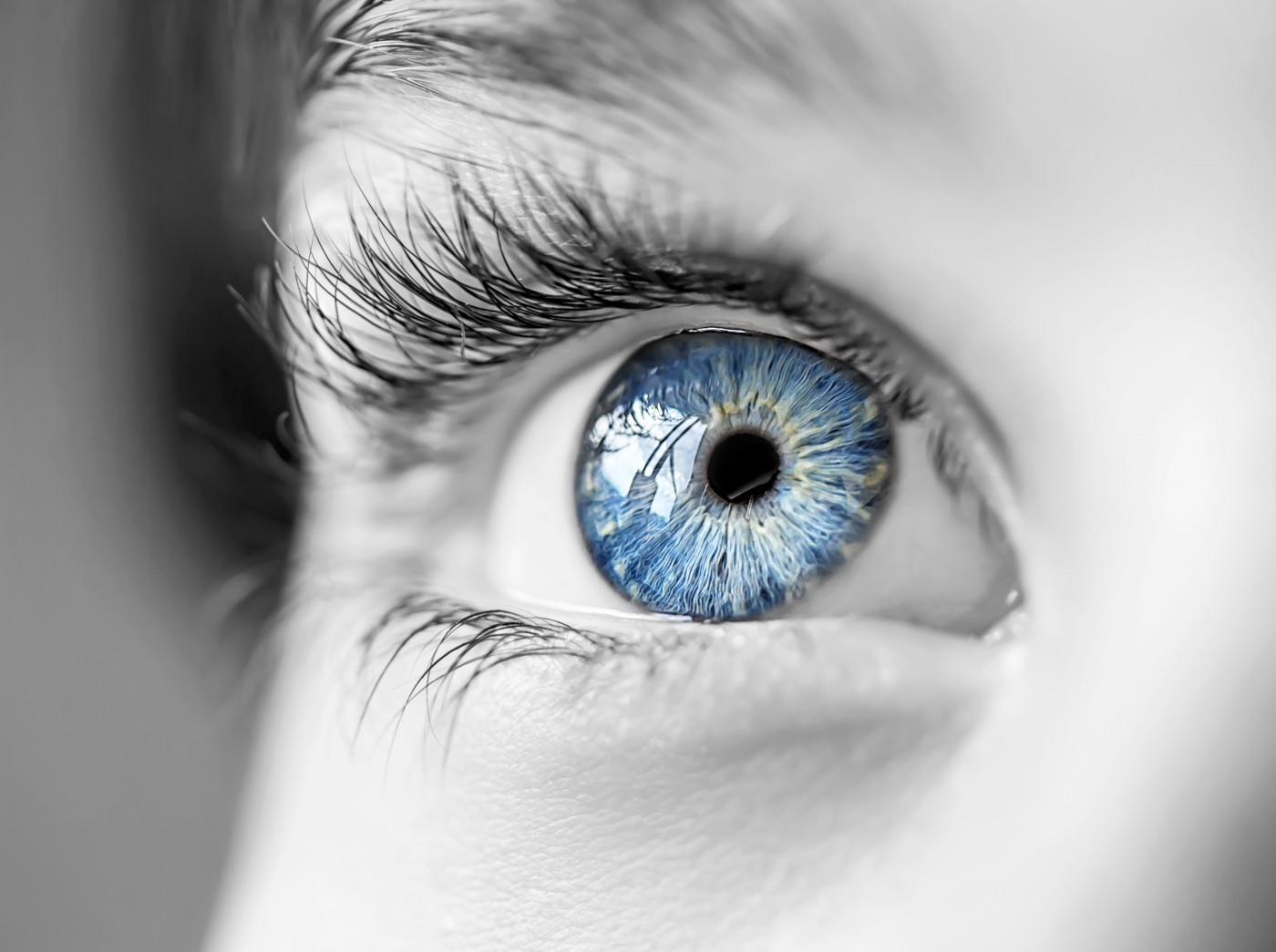Researchers Describe Eye Sarcoidosis Case Without Lacrimal Gland Disease

Researchers from Hospital Ana Costa, in Brazil, presented a rare case of orbital sarcoidosis, affecting one eye, without involving the tear producing lacrimal gland, the most common site of sarcoidosis in the eyes.
The study, “Unilateral Eyelid Edema as Initial Sign of Orbital Sarcoidosis,” published in the journal Case Reports in Ophthalmological Medicine, showed that although sarcoidosis can affect any part of the eye and surrounding tissues, cases without lacrimal gland involvement are rare.
The authors underscore that a sarcoidosis diagnosis should be considered in inflammatory eye conditions, even when more common symptoms are absent – as in the study subject, a 37-year-old man who sought care after two months of pain in the left eye.
His eyelid was swollen, and he complained of double and blurred vision. Doctors noted that his eye movements were abnormal and the eyeball protruded slightly from its socket. There was an inflammation of the conjunctiva — a thin membrane covering the inner surface of the eyelid and the white part of the eyeball — as well as in the cornea.
Further examination revealed that pressure in the left eye was increased, and muscles surrounding it were affected by the inflammation, causing the disturbed eye movements.
A magnetic resonance imaging (MRI) scan showed the eyeball was thicker than normal and protruding. A biopsy of the lower eyelid further analyzed the condition by showing that the inflammation was chronic, with the presence of granulomas – densely packed clusters of inflammatory cells typical of sarcoidosis. Because there was no sign of infection, the biopsy confirmed a sarcoidosis diagnosis.
The conclusion led to a more comprehensive examination.
A computed tomography (CT) scan showed that the root of the lungs were enlarged as a result of enlarged lymph nodes. Serum angiotensin converting enzyme (ACE) levels were also above normal — typical features of sarcoidosis.
The man was treated with high doses of intravenous corticosteroids delivered in pulses, along with lubricant eye-drops. After five days, eye measurements had returned to normal and he no longer experienced pain. Doctors examined the man on several occasions, up to 60 days after hospital discharge, and found no signs of disease.
The study concluded: “Sarcoidosis should always be considered in the differential diagnosis of orbital mass in all ages, even when there is no involvement of the lacrimal gland. The treatment represented by corticosteroids (systemic therapy) is the same as for other inflammatory orbital pseudotumors, and it is extremely important as it can influence the functional ocular prognosis of patients.”






